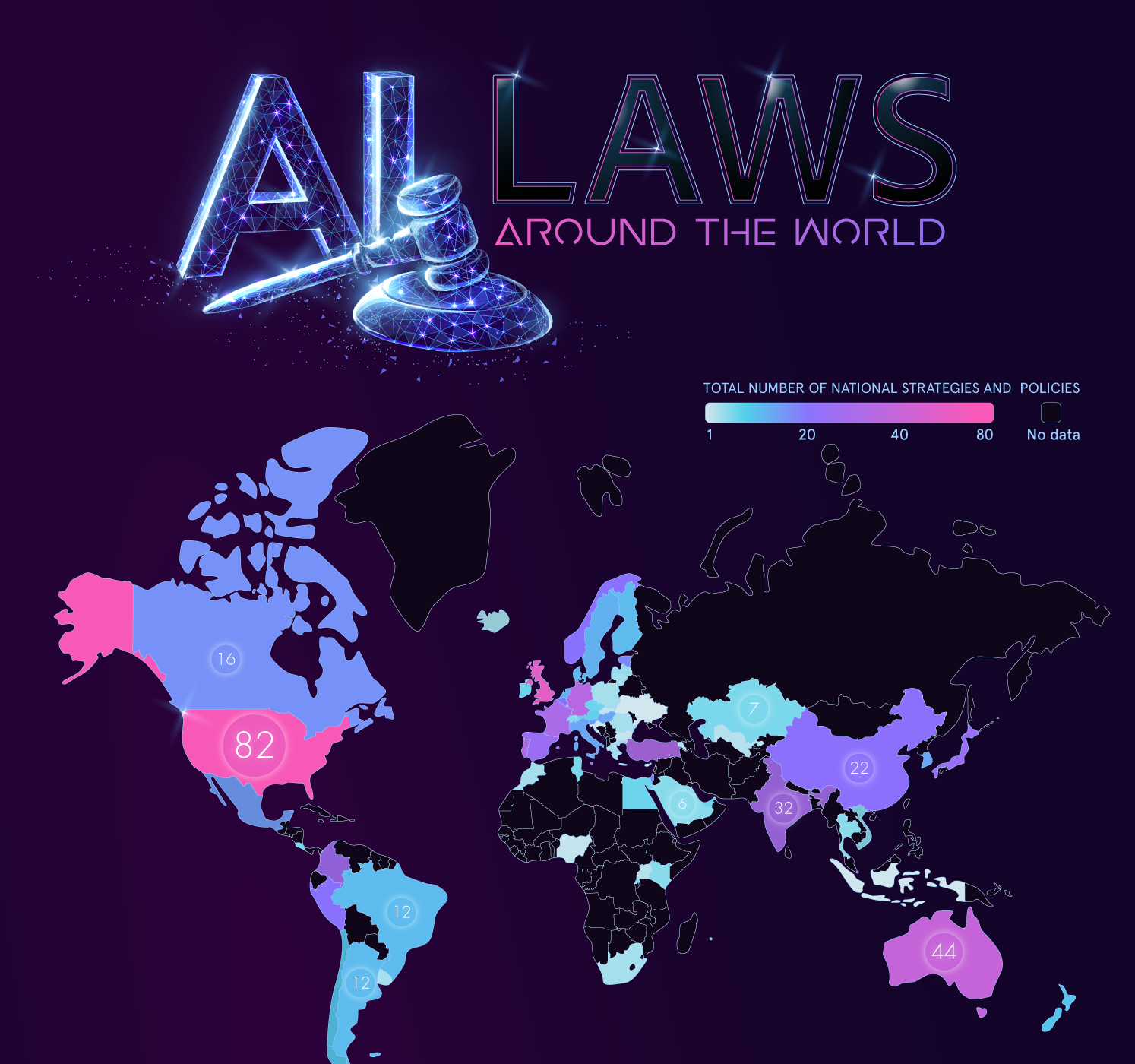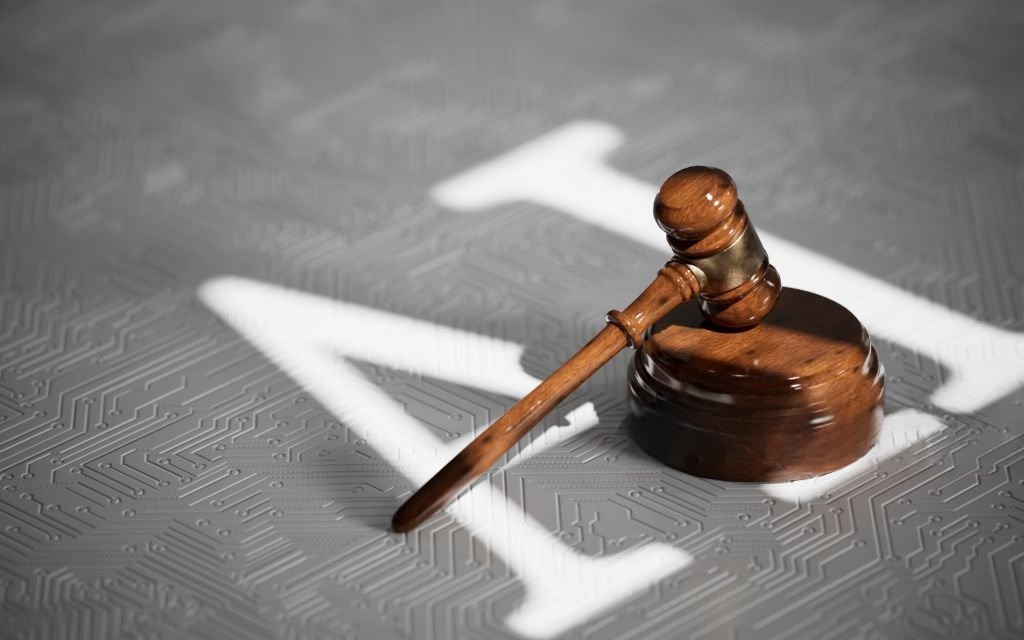At a Glance
- Understand how AI compliance platforms transform risk management and governance.
- Learn why AI tools improve efficiency, accuracy, and regulatory compliance.
- Discover the key features of modern AI compliance platforms (NLP, automation, XAI).
- Explore real-world use cases and industry adoption trends.
- Get actionable insights on building a future-proof compliance strategy.
The New Era of AI-Driven Compliance
As the world accelerates into a digital-first economy, traditional compliance models—heavily reliant on manual monitoring and fragmented reporting—are no longer sufficient.
The sheer pace of regulatory change, globalized operations, and data complexity has outgrown human capacity. Compliance officers are now managing thousands of evolving rules, frameworks, and risks daily.
This is where AI integration redefines compliance. Artificial Intelligence doesn’t just automate; it empowers proactive governance, sharpens accuracy, and enhances resilience.
According to PwC and Oliver Wyman, organizations adopting AI for compliance have reported up to 60% faster issue detection and 50–70% reduction in audit preparation time.
Why Integrating AI into Compliance Is Non-Negotiable
Integrating AI into compliance is no longer optional — it’s a strategic necessity. AI systems can monitor, predict, and interpret compliance risks in real-time, ensuring that organizations remain compliant while minimizing human workload and operational costs.
When implemented effectively, an AI compliance platform transforms compliance from a reactive function into a strategic enabler of trust, accountability, and business growth.
NEED FOR AI TOOLS IN COMPLIANCE MANAGEMENT
1. Enhanced Accuracy & Reduced Errors
AI algorithms analyze large volumes of structured and unstructured data with precision, minimizing human error in report generation, risk assessments, and data classification. As noted by Certa.ai, this automation not only increases accuracy but also reduces compliance costs by over 40%.
2. Proactive Risk Mitigation
AI-driven tools analyze historical and transactional data to predict compliance risks before they occur. By mapping potential threats and correlating them with past violations, organizations can proactively prevent breaches and avoid costly penalties.
3. Real-time Regulatory Monitoring
AI platforms continuously scan regulatory databases, journals, and updates from authorities worldwide using Natural Language Processing (NLP). This ensures businesses stay compliant with every evolving law — a process that Scrut.io highlights as critical in multi-jurisdictional operations.
4. Significant Cost Savings
Automating manual compliance checks and document reviews with AI-powered systems leads to substantial cost reductions. According to Addepto, companies can save up to 75% on compliance operations through intelligent automation.
5. Improved Efficiency & Scalability
AI enhances KYC, transaction monitoring, and real-time fraud detection. These improvements boost efficiency, free up compliance teams, and allow them to focus on strategic issues rather than repetitive tasks.
6. Better Decision-Making
Through AI analytics, compliance officers can gain deep insights into risk trends, improving decision-making and enhancing response speed.
7. Audit Preparedness
AI compliance platforms create a centralized repository of compliance evidence, audit trails, and documentation—ensuring that every regulatory requirement is traceable, transparent, and easily reportable.
Global AI Compliance Landscape in 2025
As per Vistra’s 2030 Compliance Outlook, global regulations such as the EU AI Act, GDPR, and the NIST AI RMF are setting universal standards for responsible AI governance.
Companies integrating these frameworks early are experiencing:
- Stronger brand reputation and investor confidence.
- Higher regulatory preparedness.
- Improved cross-border compliance alignment.
Oliver Wyman emphasizes that AI compliance will soon be a core audit focus across industries including finance, healthcare, and manufacturing.
NEED FOR AI COMPLIANCE PLATFORM
1. Robust Regulatory Intelligence and Proactive Change Management
A robust AI compliance platform uses NLP and machine learning to interpret global regulations, map them to internal policies, and recommend necessary adjustments automatically.
This helps organizations remain continuously compliant in a fast-changing environment.
2. Intelligent Automation and Workflow Optimization
Unlike simple RPA bots, modern AI platforms use cognitive automation to process unstructured data, analyze documents, and detect anomalies — dramatically reducing human workload.
3. Predictive Analytics for Risk Mitigation
AI identifies hidden risk correlations and predicts potential compliance violations before they escalate, enabling faster mitigation.
4. Transparency and Explainability (XAI)
Explainable AI (XAI) ensures that every AI decision is traceable and interpretable, allowing compliance teams to understand “why” a decision was made — supporting fairness, accountability, and unbiased governance.
5. Adaptability and Scalability
A good AI platform adapts to new regulations and scales across departments and jurisdictions, integrating seamlessly into existing compliance infrastructures.
6. Seamless Integration and Interoperability
Top-tier platforms, as highlighted by Centraleyes, easily integrate with GRC systems, ERP tools, HR databases, and cybersecurity platforms—ensuring consistency and end-to-end visibility.
7. Strong Data Governance and Privacy Features
Compliance platforms must adhere to frameworks like GDPR, ISO 42001, and the NIST AI Framework, ensuring that all AI operations are ethical, transparent, and privacy-first.
8. Conduct Strong Ethical Assessment
Ethical AI assessments are essential to detect bias, ensure fairness, and comply with UNESCO and OECD AI ethics guidelines.
AI tools can automatically evaluate model bias and ensure compliance with ethical standards before deployment.
Key Features of Next-Gen AI Compliance Tools
To future-proof compliance operations, platforms must incorporate:
- AI-powered policy mapping engines to align business policies with evolving laws.
- Automated evidence collection for audits.
- Cross-border compliance tracking to handle multi-jurisdictional frameworks.
- Integrated dashboards for real-time compliance health monitoring.
- Anomaly detection algorithms to flag potential non-compliance patterns.
PwC identifies these as “must-have” capabilities for compliance transformation in 2025.
Real-World Use Cases: How Leading Companies Implement AI Compliance
- Financial Sector: Banks use AI to automate KYC, anti-money laundering (AML), and sanctions screening, cutting manual review times by 60%.
- Healthcare: Hospitals use AI to track HIPAA compliance and detect patient data anomalies in real-time.
- Manufacturing: Companies apply predictive compliance analytics to monitor environmental and safety standards.
- Technology: Tech giants leverage AI to maintain ethical governance across AI model lifecycles using frameworks like NIST RMF and EU AI Act.
SOME KEY REQUIREMENTS TO MAKE AN AI COMPLIANCE PLATFORM

CONCLUSION
Incorporating AI into compliance strategy is no longer a luxury — it’s a strategic imperative.
With the right AI compliance tools and platforms, businesses can:
- Transform compliance from a reactive burden into a strategic advantage.
- Cut costs and human error through intelligent automation.
- Build a transparent, scalable, and resilient governance framework.
AI compliance platforms help organizations stay ahead of regulatory change while creating a foundation for trustworthy and responsible AI.
FAQs
1. What is an AI compliance platform?
An AI compliance platform uses artificial intelligence to automate monitoring, manage risks, and ensure alignment with evolving regulatory frameworks.
2. How does AI improve compliance accuracy?
AI eliminates manual errors by analyzing large datasets, ensuring accurate classification, audit readiness, and policy mapping.
3. Which regulations guide AI compliance platforms?
Major frameworks include the EU AI Act, GDPR, ISO 42001, and NIST AI RMF, which set global standards for responsible AI governance.
4. Can AI reduce compliance costs?
Yes. AI platforms automate manual compliance processes, reducing resource needs and overall compliance costs by up to 70–75%.
5. What makes Adeptiv.AI’s platform unique?
Adeptiv.AI integrates AI-powered analytics, governance frameworks, and explainability tools that ensure ethical, transparent, and cost-efficient compliance.
SOME KEY REQUIREMENTS TO MAKE AN AI COMPLIANCE PLATFORM:

CONCLUSION:
Hence, incorporating AI into compliance strategy is a proactive step which is required to be taken and is no longer an option it is a must for businesses looking to maximize efficiency, accuracy, and proactive risk management. The AI-powered platform may turn your compliance operation from a reactive cost centre into a strategic enabler, from automated monitoring systems that identify irregularities in real-time to regulatory intelligence platforms that keep you ahead of changing demands. To explore key AI regulations, compliance trends, and governance best practices shaping the future of responsible technology, visit this website.
This has helped the organizations to cut down manual labour and eliminate human error which helps in creating a strong regulatory scanner, transparent AI governance all this with proper utilization of AI compliance tools, which in end helps organization to reduce costs and make informed decision.
Adaptive.Ai works to provide strong AI compliance tools and platforms to the organization helping them with easy compliances with laws and ensures formation of a strong AI governance. To know more about services, provide by our AI compliance platform you can visit our website.



